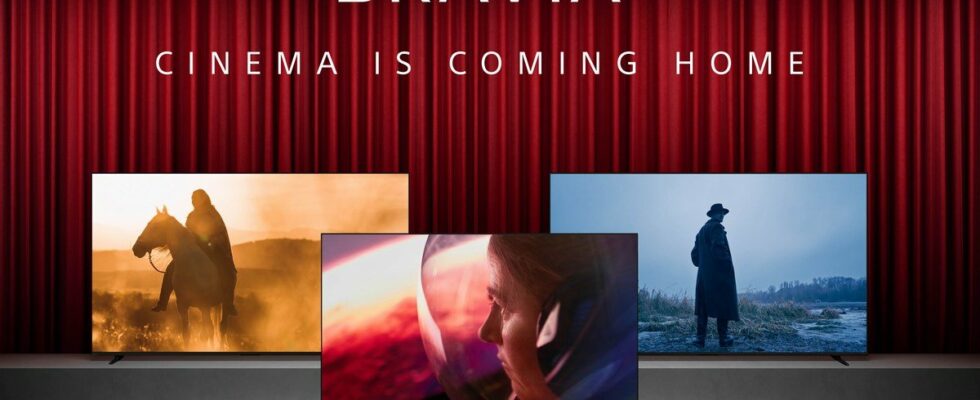After several months of waiting, the Sony brand has finally presented its TV ranges for the year 2024. They are made up of three series: Bravia 9, the top of the range with a Mini-LED panel, Bravia 7 also Mini-LED and Bravia 8, a series featuring a White-OLED panel. Here are all the details.
After Panasonic at the very beginning of the year, Philips, Samsung, Hisense, LG (Mini-LED and OLED) and Thomson, Sony presented its new series of televisions for 2024. This year, we will have to count on three series (re) showcasing the BRAVIA (Best Resolution Audio Visual Integrated Architecture) brand.
The most high-end is represented by the Bravia 9 series (XR90 for the exact reference) featuring a Mini-LED panel. Then, still with this Mini-LED backlight technology, there is the Bravia 7 series (XR70). “ Between the two », the new Sony Bravia 8 TV series is distinguished by the presence of an OLED panel. More precisely, it is a White-OLED panel provided by LG Display and which is therefore placed below the A95L reference released last year and of which you can read our full test.
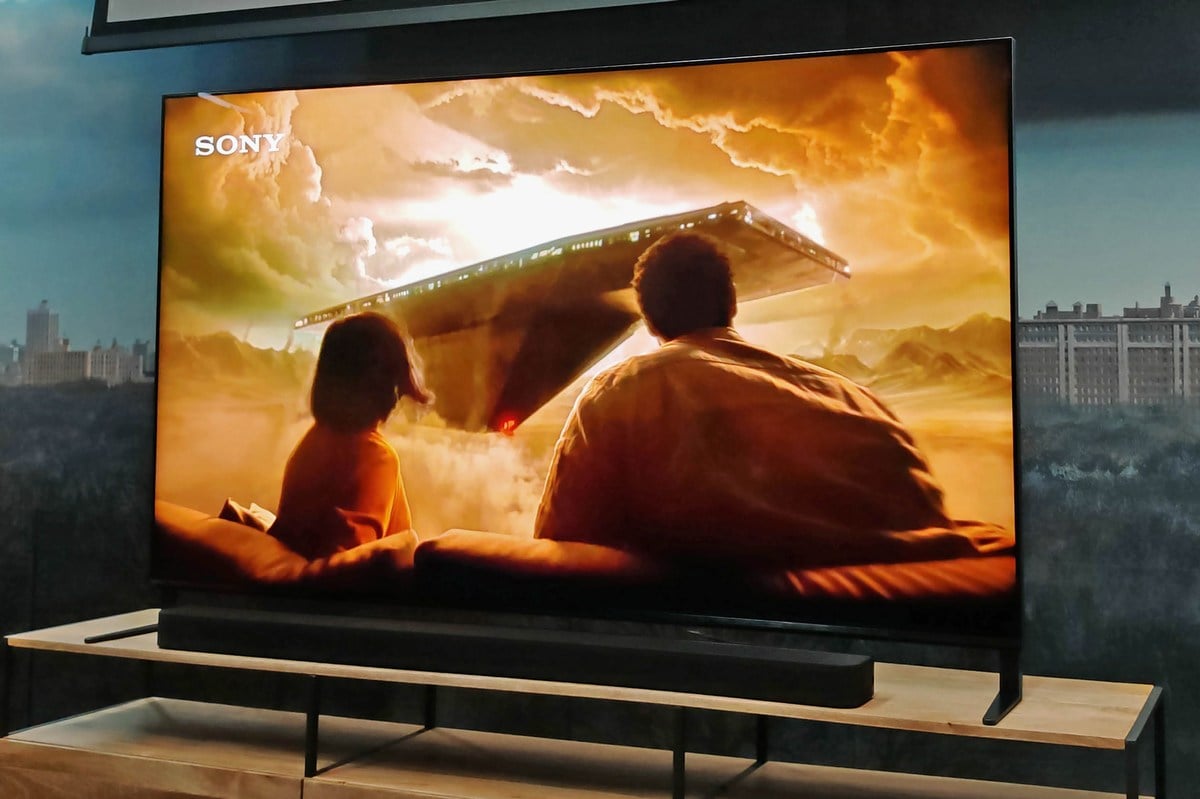
Sony Bravia 9 TV series, the must for the Japanese brand
The new Sony Bravia 9 series of televisions is available in 75 and 85 inches, therefore large sizes. It features the new XR Backlight Master Drive backlighting system allowing extremely precise control of the diodes installed at the heart of the panel.
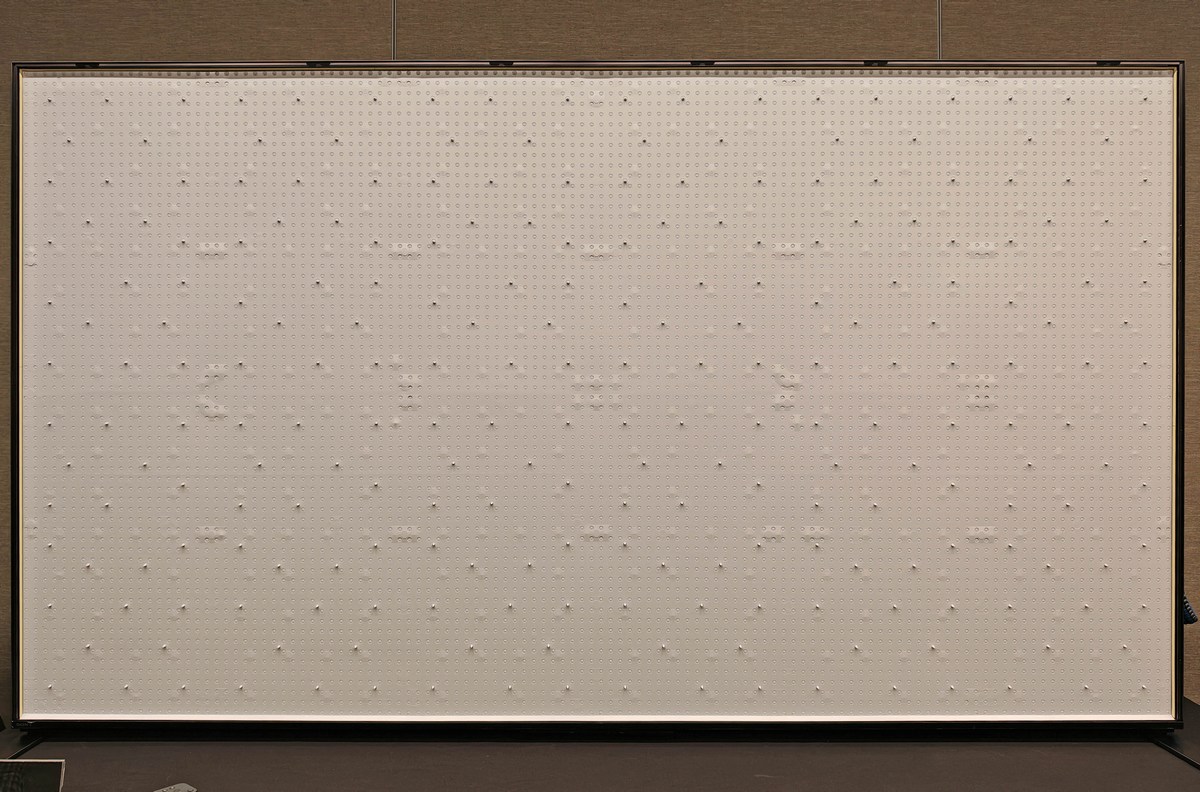
This technology is used in particular on the brand’s reference monitors which allow colorists and studio calibrators to check the colorimetric and brightness rendering desired by the film or series director. It relies on the presence of several thousand LEDs associated with a local dimming algorithm to offer the deepest contrasts, preserve details in dark areas and limit the effects of blooming (halo around light objects on black backgrounds).
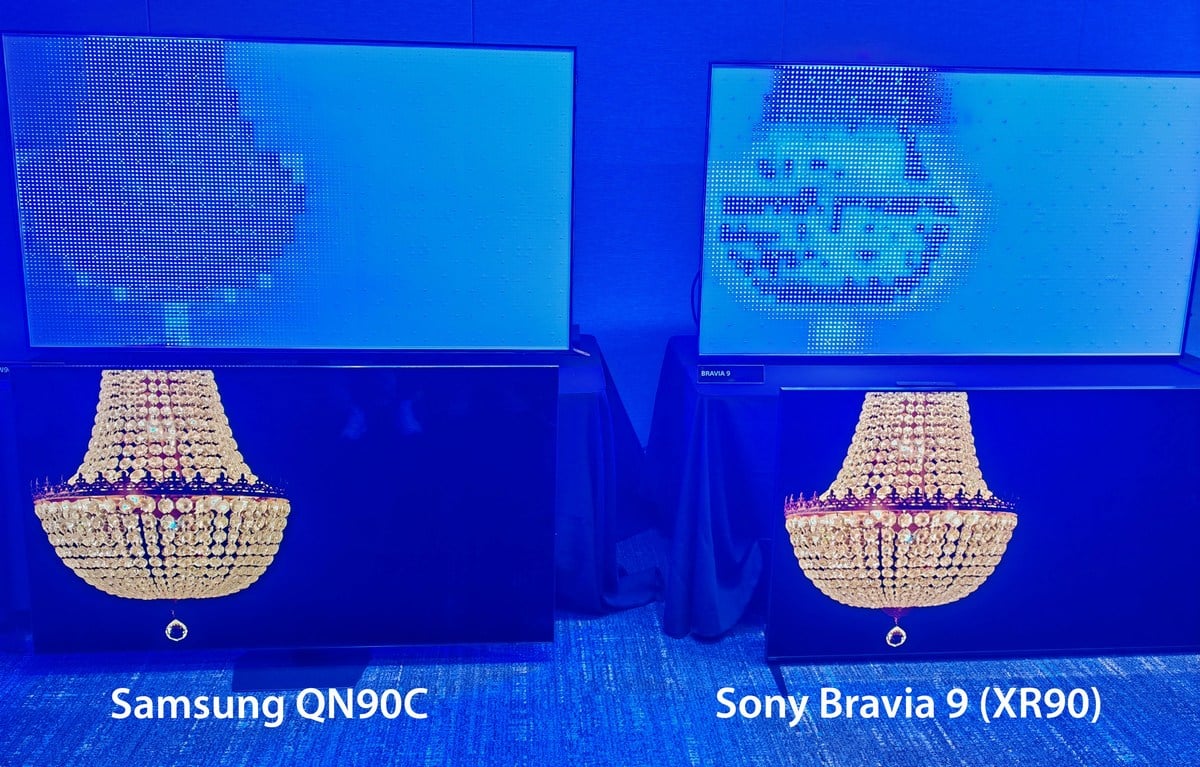
We can count on a number of dimming zones which would be +325% compared to the X95L model from 2023. In addition, Sony promises an increased peak brightness on this series. We will check exactly what this is during our tests.
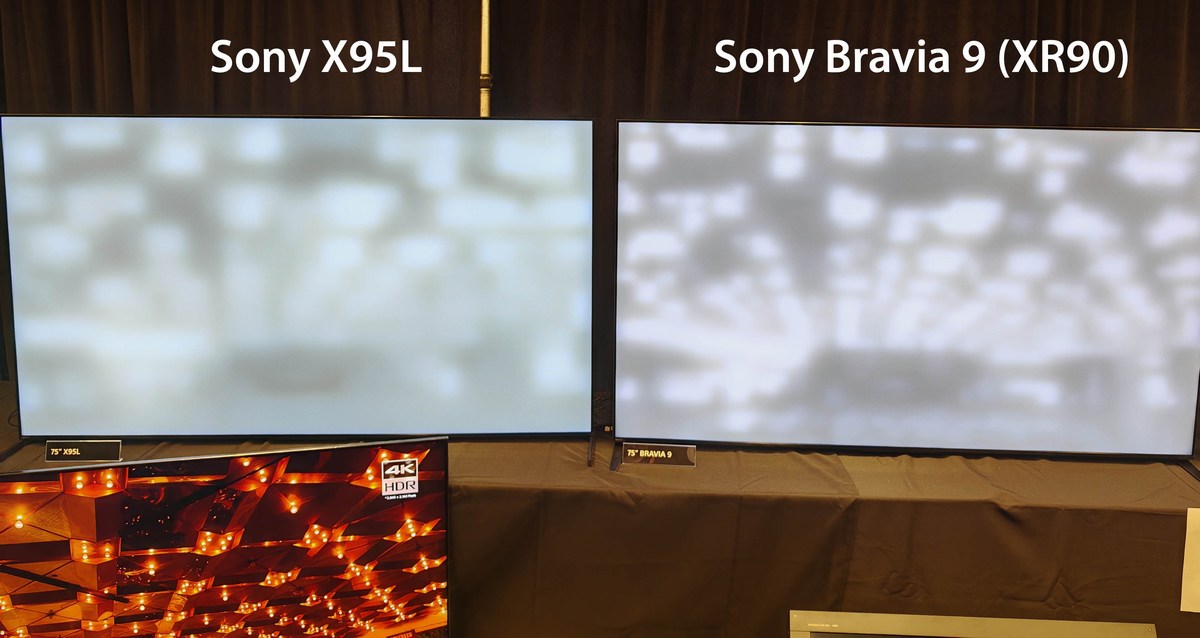
Furthermore, the Sony Bravia 9 series is powered by the Sony XR image processing processor already present last year on the brand’s LCD models. It uses the scene recognition system to detect and analyze data with maximum precision to optimize the image. For image processing, we can count on several optimization technologies: XR Clear Image (for video processing), XR Super Resolution (for content scaling), XR Contrast Booster 30 (for peak brightness), XR Triluminos Pro (for color enhancement), XR HDR Remaster (for HDR content) and XR Smoothing (for smoother scenes).
The panel present on the Bravia 9 models benefits from an anti-reflective treatment and X-Wide Angle technology which allows you to obtain wider viewing angles than before. We can also count on the presence of an ambient light and colorimetry sensor which allows, when the appropriate function is activated, to optimize the brightness and colors according to the atmosphere in the room.

A “Studio” calibration available for many platforms, including Prime Video
Several image modes are available on the Bravia 9 series including Cinema mode, Professional, but also IMAX Enhanced, Sony Pictures Core Calibrated (formerly Bravia Core) and Netflix Calibrated. The latter two automatically detect content to optimize image rendering. New this year is the introduction of the Prime Video Calibrated Mode optimization mode for content from the Amazon streaming platform including films, series, but also sports programs, a first.
Remember that, as in previous years, televisions are capable of supporting HLG, HDR10 and Dolby Vision sequences. Sony is still ignoring HDR10+ supported by Samsung and other brands.
Sound that vibrates the panel and voice optimization in noisy environments
For the audio part, the Sony Bravia 9 series uses six speakers placed on the front, on the sides (“frame” tweeters) and at the top of the screen (“verticality” tweeters) to try to provide a sound environment as immersive as possible.

They are supported by two woofers delivering a total power of 70 watts. We can also count on Acoustic Multi-Audio+ technology making the panel vibrate to emit certain sounds and offer audio spatialization. Also note the compatibility with Acoustic Center Sync technology which allows you to use the TV speakers in perfect synchronization with the brand’s sound bars.
The TVs support Dolby Atmos and DTS:X audio formats. The new Voice Zoom 3 function allows human voices to be recognized via artificial intelligence in order to amplify or reduce them to provide perfect intelligibility, whatever the content.
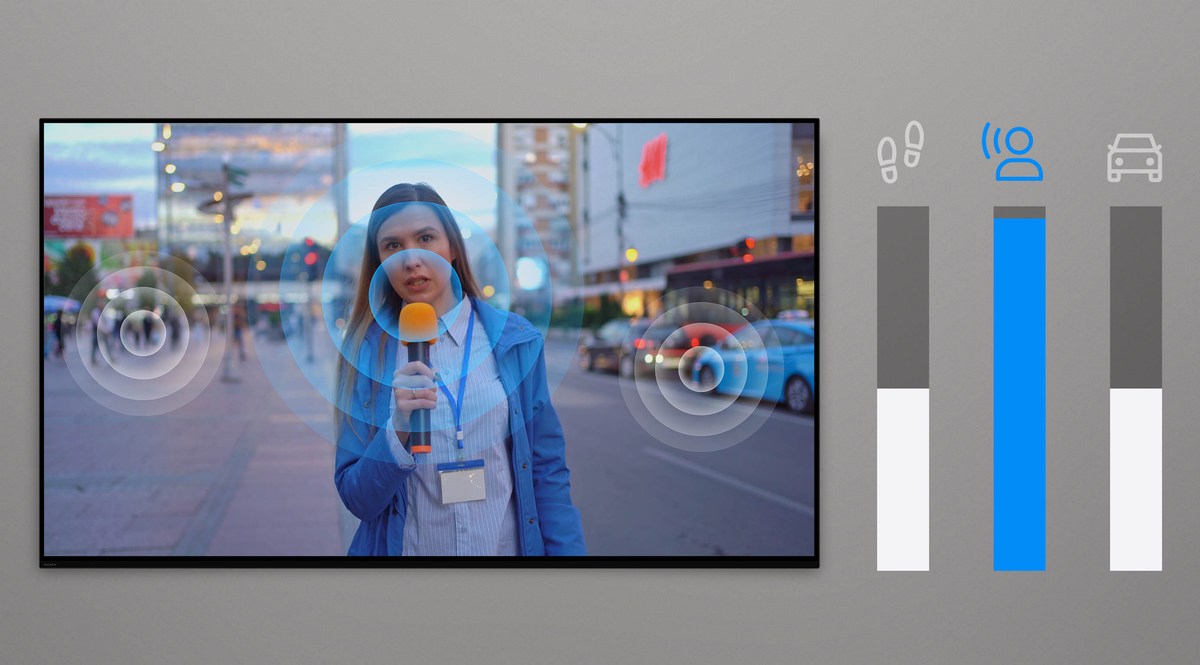
Sony Bravia 9 televisions use a minimalist bezel at the front to provide ample room for the image. The feet offer four possible positions: spread or in the center at the bottom, spread or in the center in a slightly higher position. This makes it easier to install a soundbar in front, without disturbing the image.
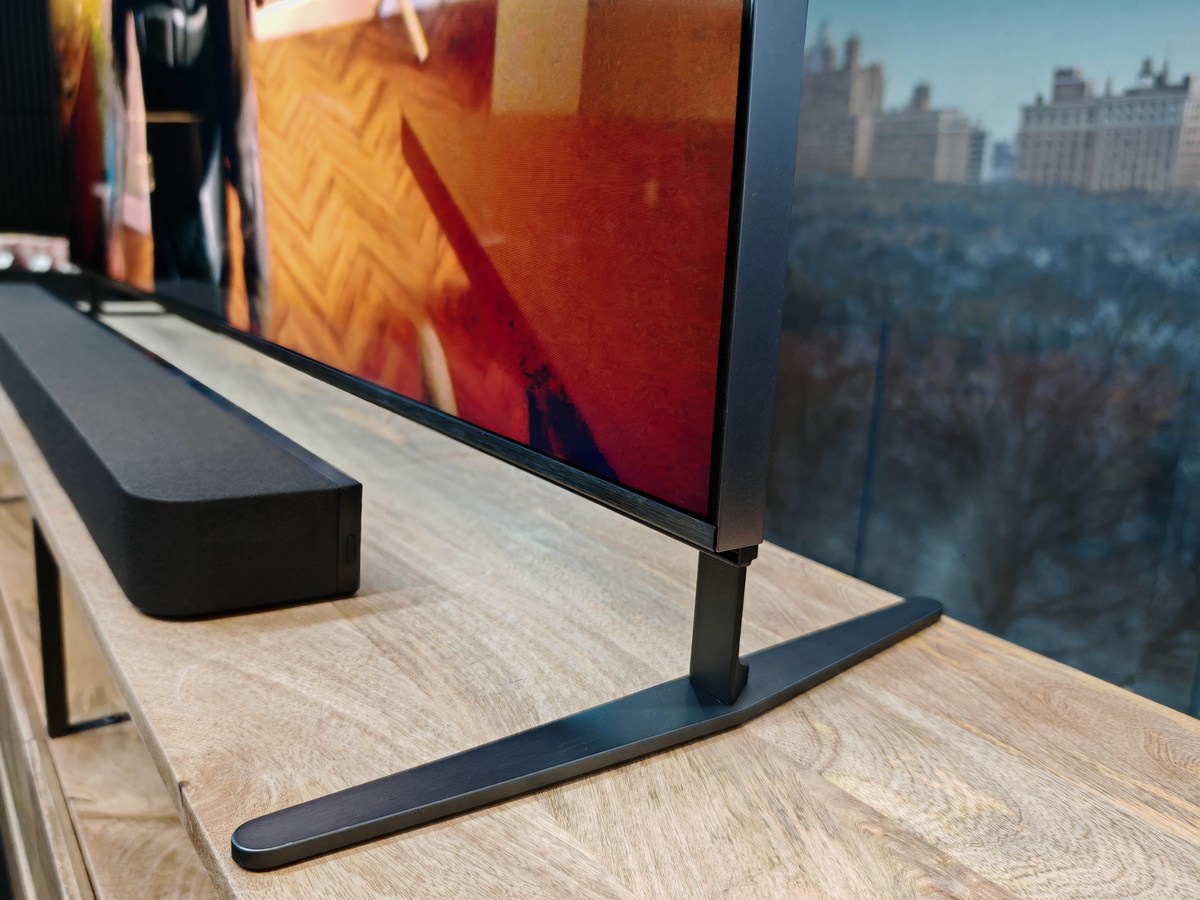
Gaming and connectors, we take the same ones and start again
Like the other series, Sony Bravia 9 TVs are powered by the Google TV system with integrated Chromecast. They are also Apple AirPlay and Apple Homekit compatible.
In terms of connections, exactly like last year, they have two HDMI 2.1 Ultra HD 120 Hz inputs and two HDMI 2.1 Ultra HD 60 Hz inputs. There are also two USB-A ports, a digital audio output, a Ethernet and TNT/Satellite and Cable inputs.
Finally, the gaming part has not changed. The televisions feature all the optimization technologies, including VRR to limit image tearing, ALLM to reduce response time and are still labeled Perfect For PlayStation5.
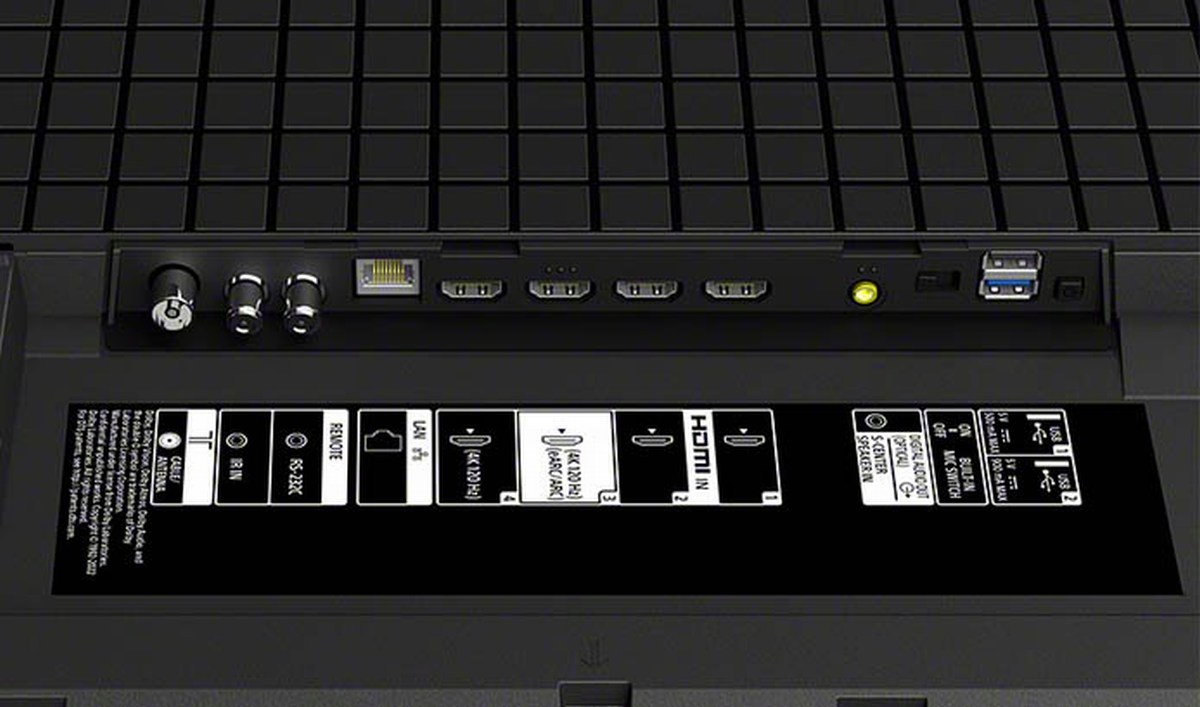
In the television interface, it is possible to access menus allowing you to optimize the electrical consumption of the device with advice provided by Sony to reduce it, as well as viewing the quantity of electricity consumed instantly. . A new graph appears: average consumption per day, per week, per month and per year.
For the moment, Sony has not yet communicated on the prices of the Bravia 9 TVs.
Bravia 7 TV series, Mini-LED panel a little less bright, but with an equally qualitative image
The Sony Bravia 7 series of televisions therefore also uses an LCD panel with a Mini-LED backlighting system. This is exactly the same XR Backlight Drive technology as the Bravia 9 series. It is available in several sizes: 55, 65, 75 and 85 inches and features the same chipset and the same image optimization techniques, except for the contrast part offering here the XR Contrast Booster 20 function meaning slightly lower brightness than the Bravia 9 series. It does not have X-Wide Angle technology nor the colorimetry sensor.
For the audio part, it offers the same characteristics, except that it offers fewer speakers (4×10 watts) and that they are placed in the thickness of the panel and at the rear, for a its less direct and less immersive than on the Bravia 9. In addition, the Acoustic Multi-Audio technology present here does not cause the panel to vibrate.
The prices of the different Sony Bravia 7 televisions will be communicated later.
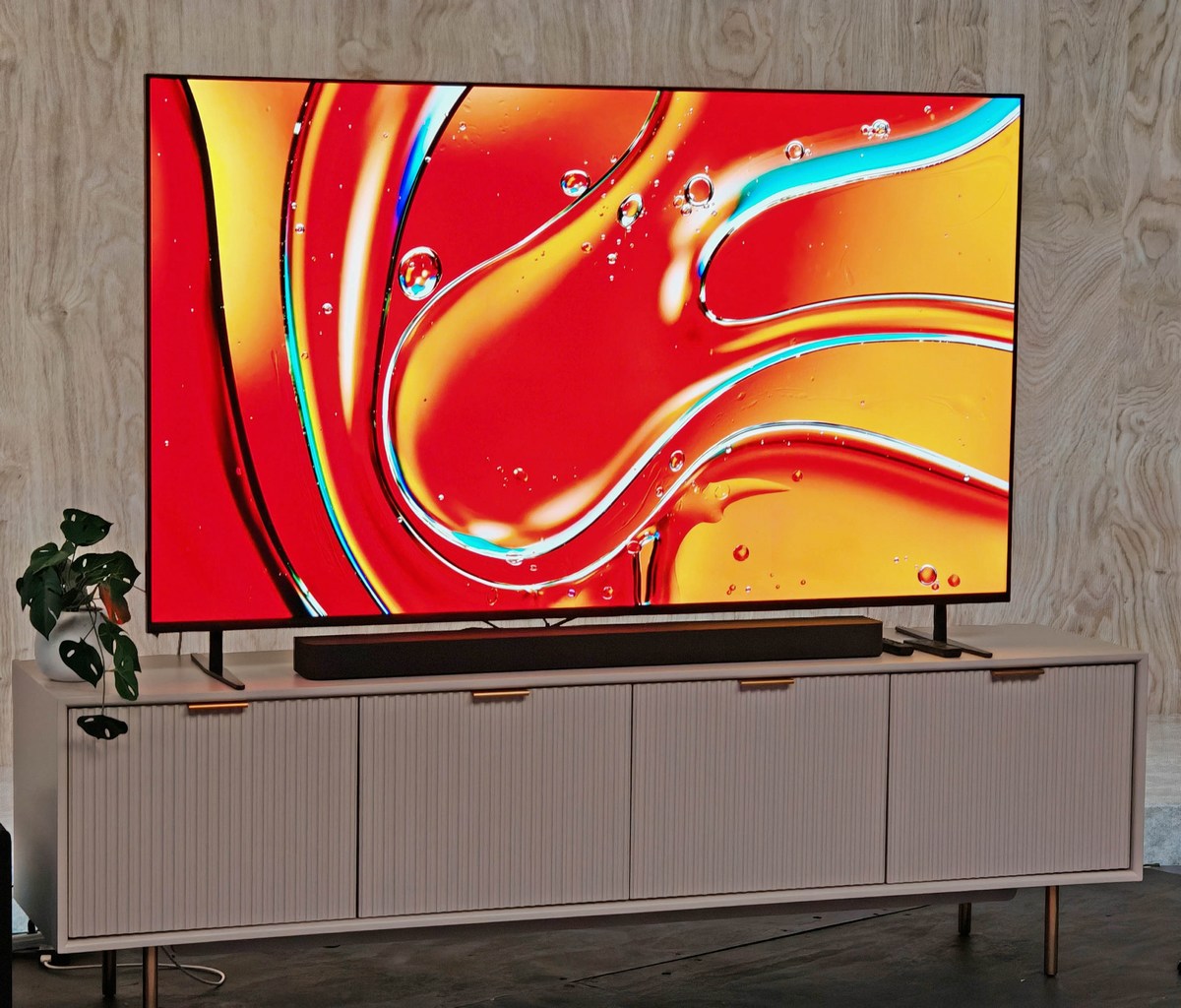
Sony Bravia 8 TV series, White-OLED panel for the mid-range
No, Sony is not abandoning OLED technology since the brand is offering a new series this year featuring a White-OLED panel supplied by LG Display. The Bravia 8 TVs are available in 55, 65 and 77 inches. They are positioned below the models of the A95L series released at the end of last year and which have a QD-OLED panel manufactured by Samsung Display.
Sony Bravia 8 televisions are powered by the Sony XR processor with scene recognition. They offer an image with Ultra HD definition and feature the optimization technologies XR Clear Image, XR Super Resolution, XR Contrast Booster 15, XR Triluminos Pro, XR HDR Remaster and XR Smoothing.
Sony does not communicate on the maximum brightness offered by this series, which we will not fail to verify during our test.

The TVs support HLG, HDR10 and Dolby Vision modes and also offer the same automatic calibration modes as the Bravia 7 and Bravia 9 series, namely for Netflix, Sony Pictures Core, IMAX Enhanced and Prime Video content.
For the audio part, we can count on Acoustic Multi-Audio+ technology, the Voice Zoom 3 voice optimization function as well as compatibility with Acoustic Center Sync technology. The televisions support Dolby Atmos and DTS:X formats.
They are powered by the Google TV system with the integrated Chromecast function, and compatible with Apple’s AirPlay and HomeKit functions to send audio and video content wirelessly from a mobile device.
Exactly like the Bravia 9 and Bravia 7 series, the screen can be supported on two stick-type feet with a choice of four positions more or less high and more or less apart.
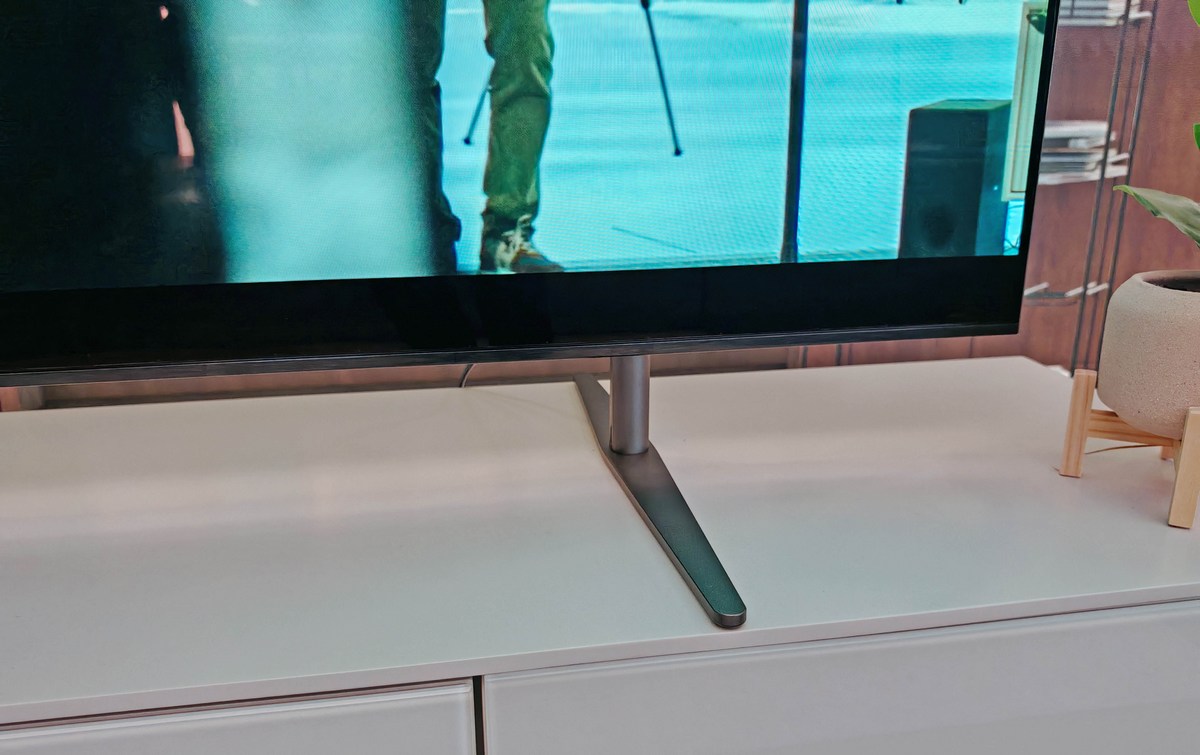
In terms of connectivity and gaming, the Bravia 8 series televisions offer the same inputs/outputs and the same optimization technologies for video games as the Mini-LED 2024 series.
Here again, you will have to wait a little to know the prices of the different sizes of Sony Bravia 8 televisions.
All models come with two remote controls, identical to those in previous series.
